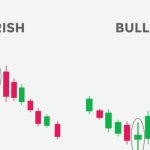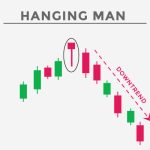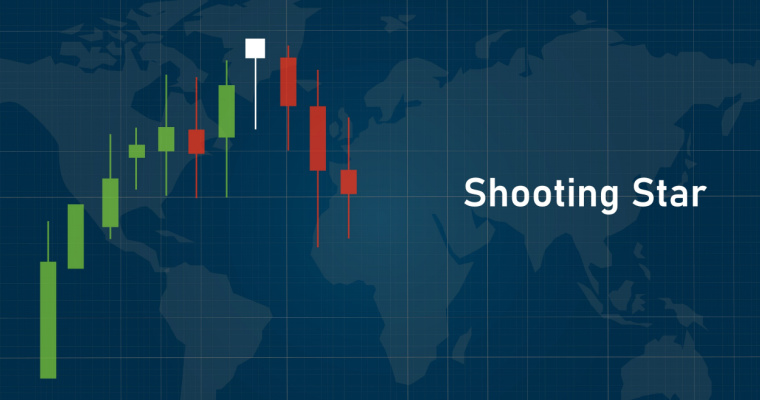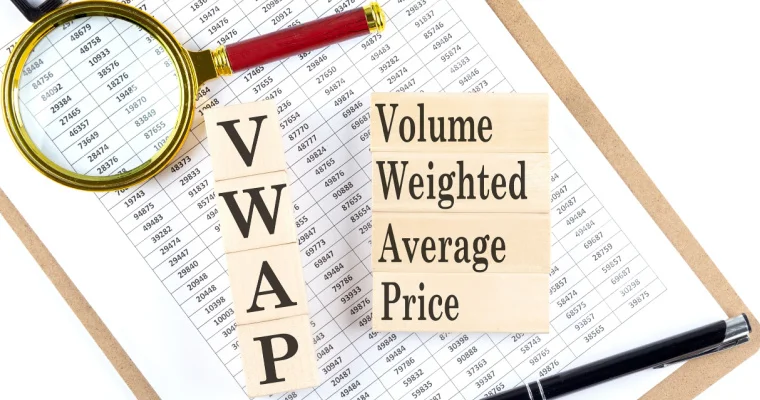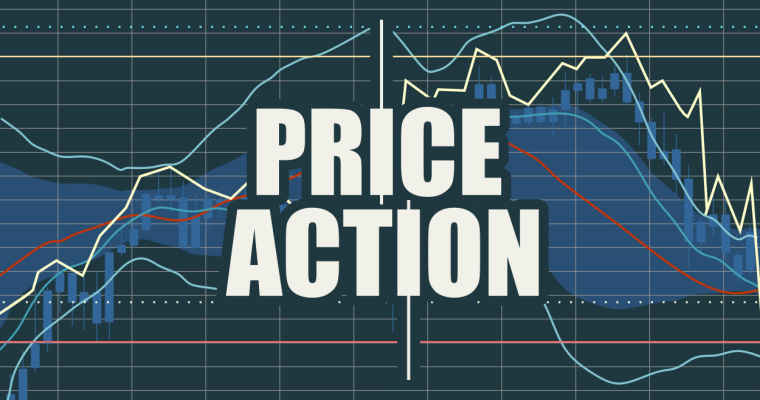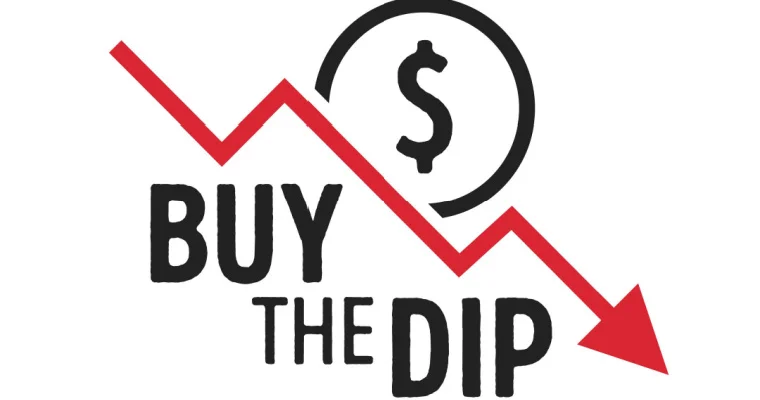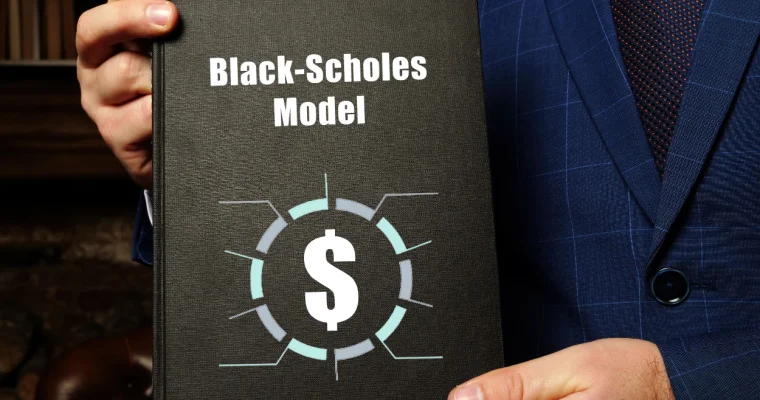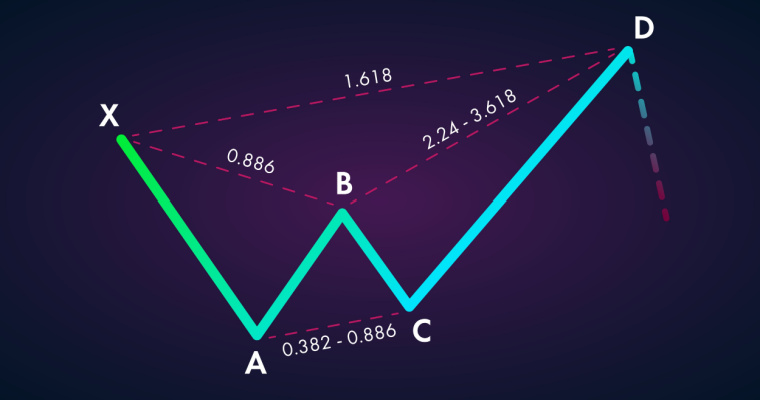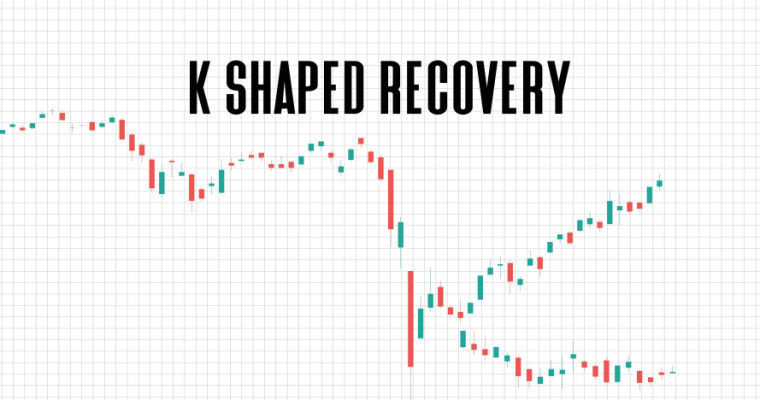What is the Inverted Hammer Pattern and How to Identify It?
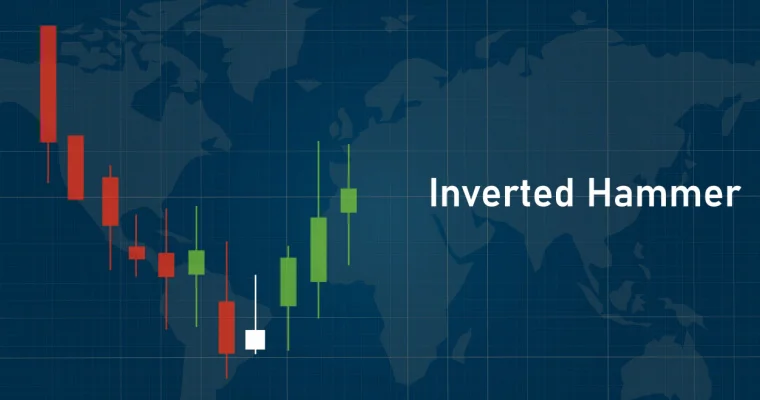
The inverted hammer is one of the most popular candlestick patterns and is considered essential for technical analysis. It acts as a signal for trend reversal. Primarily, the indicator is used to identify a bullish reversal pattern, marking the end of a downtrend.
This guide will help you understand the inverted hammer candlestick pattern and its purpose for investors and traders.
What is the Inverted Hammer Candlestick Pattern?
The inverted hammer candlestick pattern is a unique stock chart pattern that showcases a trend reversal. Stockbrokers and investors look for this trend to make a trade decision. The pattern shows the return of a positive trend as it is formed at the end of a downtrend.
The inverted hammer candle is green in colour, and it creates a bottom shadow that is quite lengthy. The pattern depicts the rejection of a low market price.
There are three parts of an inverted hammer –The body, two shadows, and the wicks of the candlestick. The body is green in colour and rectangular in shape. The upper wick originates and gets extended from the body’s centre. The height of the upper week is twice that of the body.
The inverted hammer candle also has a lower wick that originates from the rectangle’s base. The size of the lower wick is relatively tiny compared to the hammer’s body. In some cases, you might not even find the lower wick. People call it the inverted hammer candlestick because it looks like an upturned hammer pattern and has now become one of the major stock indicators.
Importance of Inverted Hammer Candlestick Pattern
The inverted hammer candlestick has great importance in the world of investing. It is an important pattern widely used during the technical analysis of stocks and charts. If you place trades or invest in the stock market, you must understand the inverted hammer candlestick pattern.
Let’s have a look at some of the factors that make the inverted hammer pattern important:
- The pattern is considered an important signal or indicator showing a market change within a trading day. The change could be a shift from a bearish to a bullish trend.
- The reverse hammer candlestick also indicates the presence or the absence of a high or a low on the stock charts.
- The inverted hammer pattern indicates that the traders might buy the stock at a lower price. Post such purchases, the buyers in the market ensure that the stock price goes up, creating an inverted hammer candlestick.
- The inverted hammer candlestick fails if the candle creates a new high, and the candle bottom has no significance if it reaches a new low.
Also Read
How to Identify the Inverted Hammer Candlestick Pattern?
The inverted hammer candlestick pattern comes into existence at the end of a downtrend. Here are a few things that you must look for to identify an inverted hammer candlestick pattern:
- The body of the candle must appear right after a downtrend
- The candle’s upper shadow or upper wick must be twice the candle’s body.
- The lower wick must be pretty tiny or even negligible.
- The candle’s body should be at the bottom of the lower end of the range of the trade.
- While the candle’s colour is unimportant, you can use it to understand if there is a bullish or a bearish trend reversal.
The inverted hammer appears whenever there is a downtrend and shows the possibility of a higher price movement. The candlestick’s small body indicates that the stock price has fallen, and the stock sellers have lost some market control.
When you find the inverted hammer in an uptrend, it is called a shooting star. Generally, the inverted hammer is red, but if formed in an uptrend, it looks like an inverted red hammer candlestick.
Even the shooting star is an indicator of a trend reversal. Still, it differs from an inverted hammer in terms of its positions on the stock charts, i.e., you will find a regular inverted hammer at the end of a downtrend. In contrast, a shooting star appears during an uptrend, and the red inverted hammer candlestick shows a downward price movement.
Example of Inverted Hammer Chart Pattern
Now that you know what an inverted hammer is, let’s take an example to understand what creates an inverted hammer.
The price of Company XYZ opens at Rs. 100, goes up to Rs. 110 and if the price falls to Rs. 105, an inverted hammer candlestick forms.
Let’s look at a chart to understand how an inverted hammer candlestick looks on a stock chart and how it depicts a trend reversal.
Here, you can see a downtrend formation before the inverted hammer candlestick pattern appears. Also, the upward wick is double the size of the body of the green candle. Also, the trend reverses with the formation of the inverted hammer, and you will not find a similar candlestick quite frequently in the charts.
Types of Hammer Candlesticks
There are different types of hammer candlestick patterns. While the inverted hammer candlestick is one of the most talked about candlestick patterns, others are equally significant too.
1. Hammer Candlestick Pattern
If a particular stock’s closing price is quite higher than the stock’s opening price, a bullish hammer-like pattern is visible on the stock charts. The pattern depicts that the buyers of the stock market no longer have control of the market as the trading period ends. However, unlike an inverted hammer, the hammer candlestick has a tiny or no upper wick but a lower wick that is quite long.
2. Inverted Hammer Candlestick Pattern
If the opening price of a stock is lower than its closing price, the inverted hammer pattern is created on the stock charts. It is considered a bullish reversal pattern that comes into the picture after a price decline. It looks like an upside-down version of a regular hammer candlestick pattern. However, it is still a bullish reversal pattern like the hammer pattern.
How to Trade Using Inverted Hammer?
If you invest in stocks regularly, you must know how to trade using an inverted hammer. While no patterns are concrete, they give a fair idea about the market movements. An inverted hammer shows a trend reversal, but you must look for other indicators like a double bottom or a V-bottom to reach a conclusion.
As the inverted hammer is a bullish candlestick pattern, it can only be used by buyers interested in placing a trade. It would help if you looked for the following when you trade using an inverted hammer:
- Reversal Points: Look for a few possible points that signal price reversal on the stock charts. These might appear as support and resistance levels, etc.
- Time: You should enter a trade only when you are sure of the formation of the candlestick pattern.
- Stop-loss: You must set stop-loss limits to ensure you don’t lose much money when using the inverted hammer. It would help if you placed the stop-loss a couple of units lower than the low price of the inverted hammer’s candle.
There are some other considerations too:
- It would help if you considered the length of the upward wick. If the wick is quite long, it guarantees a trend reversal.
- While the candle’s colour is unimportant, a green candle is bent more towards a bullish trend.
Advantages of Inverted Hammer Candlestick Pattern
There are several advantages of using an inverted hammer candlestick pattern. Some of these advantages are:
- An inverted hammer candlestick pattern allows investors to enter the investment or stock at several points before the uptrend begins or while the uptrend is gaining momentum.
- It is quite easy to locate an inverted hammer on a trading chart. Hence, it can be used as an indicator even by beginners.
Disadvantages of Inverted Hammer Candlestick Pattern
There are a few disadvantages to using the inverted hammer candlestick pattern too. These disadvantages include the following:
- While the inverted hammer is an important indicator, it cannot be used in isolation. You will have to support the indicator with other indicators to make an optimum trading decision.
- The inverted hammer is quite short-lived; hence, it might just be a temporary indicator of market movement.
Also Read
Key Factors to Consider Before Using the Inverted Hammer Pattern
Investors must consider a few things before using the inverted hammer. These factors include:
- The length of the upper wick must be at least twice the size of the candle’s body.
- It would be best if you observed the downward trend that was in place before the candle was formed to understand the pressure of the sellers in the market.
- You must identify the pattern clearly, as several candlesticks might look like an inverted hammer. Also, you must understand how it is formed and the reasons behind its formation so that you can identify it easily.
Final Words
You must understand the inverted hammer pattern to conduct a technical analysis. The pattern can be used by both beginners and experienced traders who want to understand a trend reversal. However, even if you use the inverted hammer to make trade decisions, you must not forget to place stop losses and safeguard yourself from the uncertainties of the stock market.
FAQs
Ans: An inverted hammer candlestick in an uptrend shows that the market favours bullish traders. It is known as a shooting star, appearing at the top of a trend and suggesting a downward price movement.
Ans: The short candle body and the absence of a lower wick distinguish an inverted hammer from other candlestick patterns.
Ans: While colour does not play an important role when using hammer candlestick patterns, a green candlestick depicts a safer bullish movement than the red one.
Ans: Yes, the inverted hammer pattern is most used during intraday trading as it showcases a price shift.
Ans: If you want to use an inverted hammer to understand price movements, you must use it with indicators like double bottom and V-bottom.
Want to put your savings into action and kick-start your investment journey 💸 But don’t have time to do research? Invest now with Navi Nifty 50 Index Fund, sit back, and earn from the top 50 companies.
Disclaimer: Mutual Fund investments are subject to market risks, read all scheme-related documents carefully.
This article has been prepared on the basis of internal data, publicly available information and other sources believed to be reliable. The information contained in this article is for general purposes only and not a complete disclosure of every material fact. It should not be construed as investment advice to any party. The article does not warrant the completeness or accuracy of the information and disclaims all liabilities, losses and damages arising out of the use of this information. Readers shall be fully liable/responsible for any decision taken on the basis of this article.

Customer’s Feedback
No comments found.Illiquid Stocks Guide: Definition, Examples, and its Working
Illiquid stocks are part of a long-term investment strategy that is appropriate for investors who a... Read More »What is Shooting Star Candlestick Pattern in Trading?
The shooting star candlestick pattern is considered to be a bearish reversal candlestick ... Read More »What is VWAP Indicator and How to Use it for Trading
The VWAP indicator shows the volume-weighted average market price of a particular stock. You can us... Read More »What is Price Action Trading: Its Strategy, Stop Loss and Profit Targets
Price action trading is a methodology in which the trader solely relies on analysing a security’s... Read More »What is Buy the Dip Strategy in Trading – Working and Example
‘Buy the dip’ is one of the most common phrases in the stock market. It is sort of a go-t... Read More »What is the Black Scholes Model – Formula, Calculation and Assumptions
Among the important concepts in modern financial theory, the Black Scholes model, developed in 1973... Read More »What is Iron Condor and What are its Strategies?
Iron Condor is an options trading strategy that involves four options with the same expiration date... Read More »What is Harmonic Pattern and How Does it Help in Trading?
Harmonic patterns are one of the most efficient and effective trading patterns. Although they are m... Read More »What is a Contract Note and Why is it Important?
Contract note is a legal document containing the details of every stockbroker's trade on a stock ex... Read More »What is K-shaped Recovery: Indication, Example and
Economies go through multiple phases in business cycles. One such phase is a recession which is mar... Read More »Guide to Book Building – Its Types, Benefits and Process
Initial public offerings (IPOs) are priced as specified by their underwriters. The process by which... Read More »Support and Resistance in Trading: Working, Strategies, Uses and Example
Support and resistance are two of the most significant and practical concepts in technical analysis... Read More »Top 10 Chit Fund Schemes in India in 2023
Chit funds are one of the most popular return-generating saving schemes in India. It is a financial... Read More »10 Best Gold ETFs in India to Invest in April 2023
Gold ETFs or Gold Exchange Traded Funds are passively managed funds that track the price of physica... Read More »10 Best Demat Accounts in India for Beginners in 2023
Creation of Demat accounts revolutionised the way trades were conducted at the stock exchanges. It... Read More »20 Best Index Funds to Invest in India in April 2023
What is an Index Fund? An index fund is a type of mutual fund or exchange-traded fund (ETF) that... Read More »Best Arbitrage Mutual Funds to Invest in India in April 2023
Arbitrage funds are hybrid mutual fund schemes that aim to make low-risk profits by buying and sell... Read More »10 Best SIP Plans in India to Invest in April 2023
What is SIP? SIP or Systematic Investment Plan is a method of investing a fixed amount in ... Read More »10 Best Corporate Bond Funds in India to Invest in April 2023
Corporate bond funds are debt funds that invest at least 80% of the investment corpus in companies ... Read More »10 Best Bank for Savings Account in India [Highest Interest Rate 2023]
Savings account is a type of financial instrument offered by several banks. It lets you safely depo... Read More »

